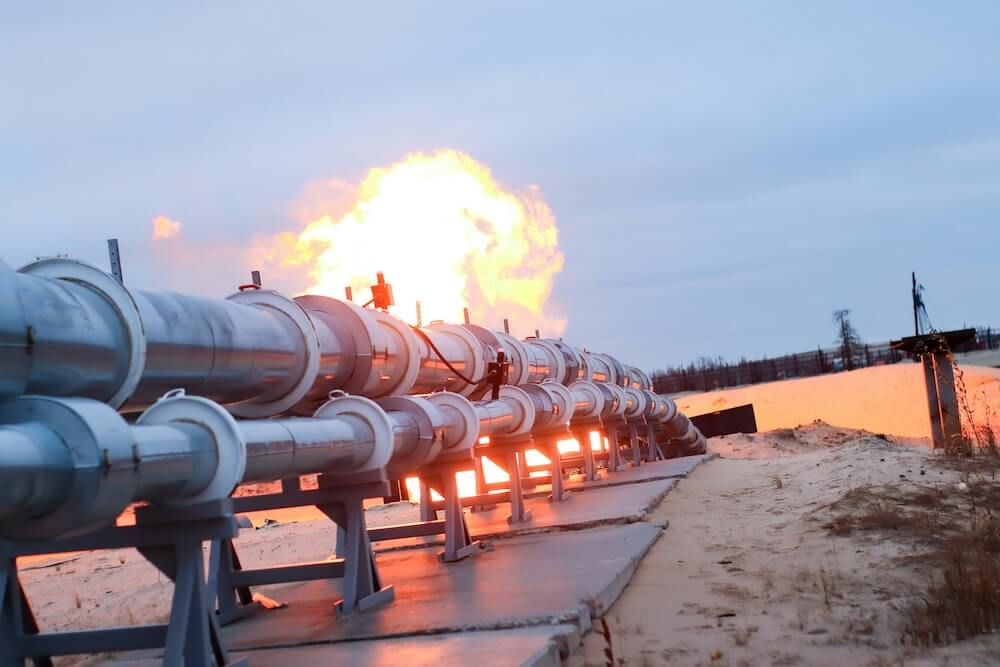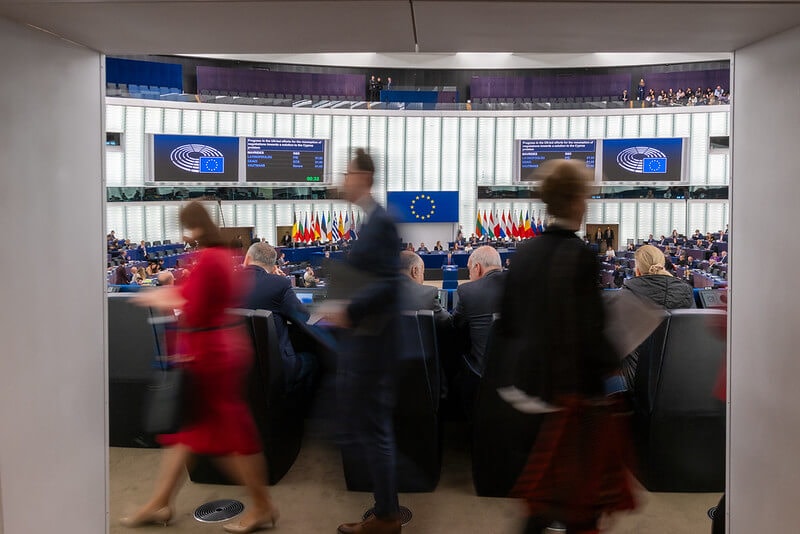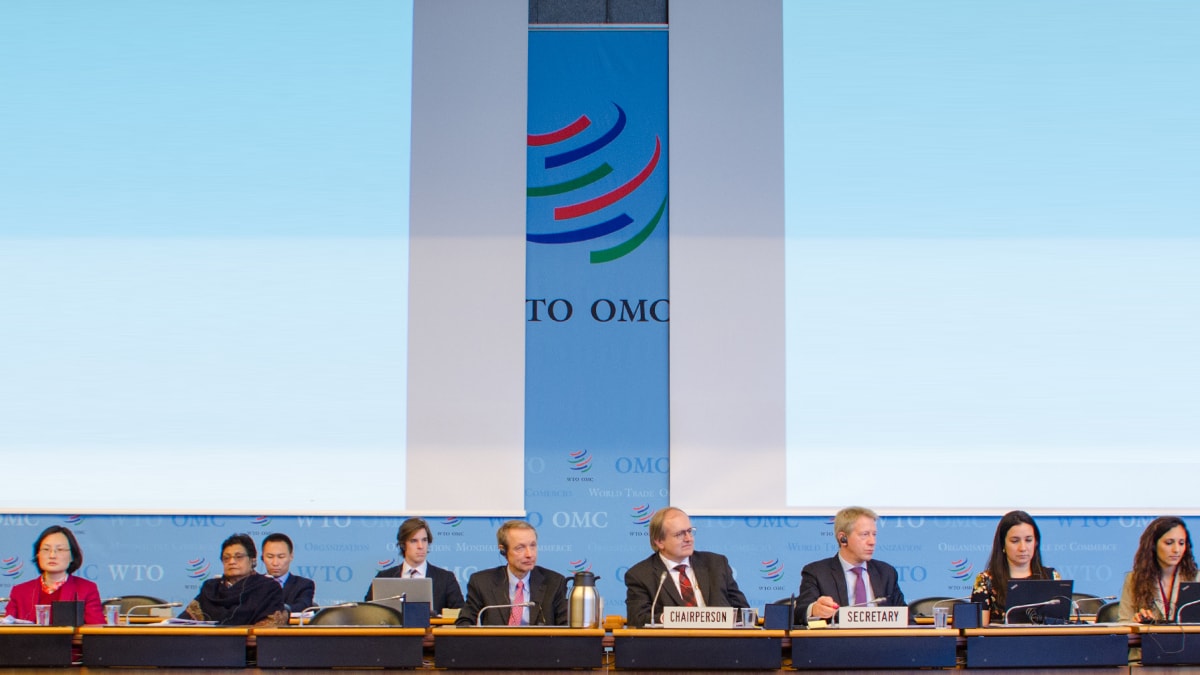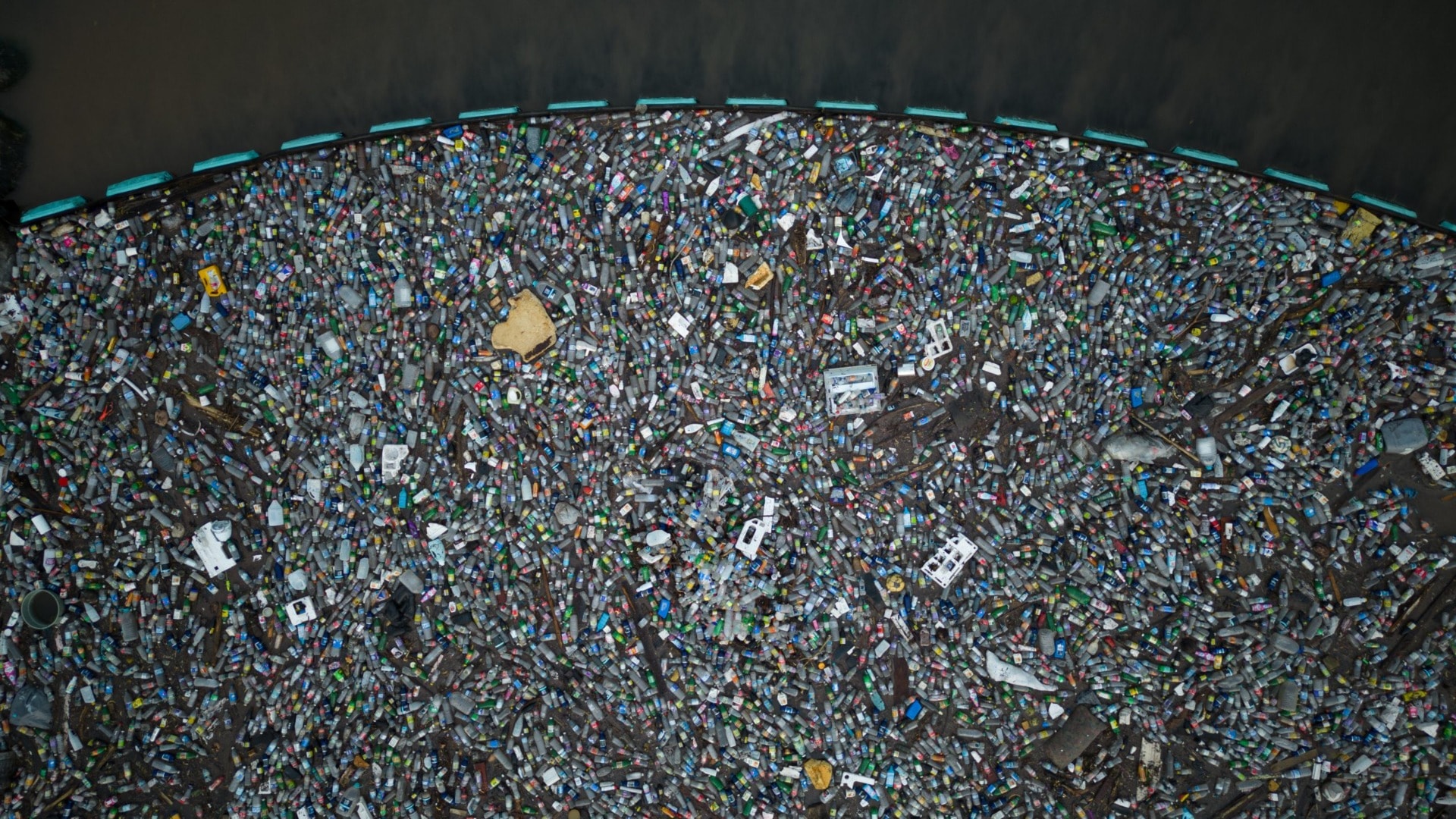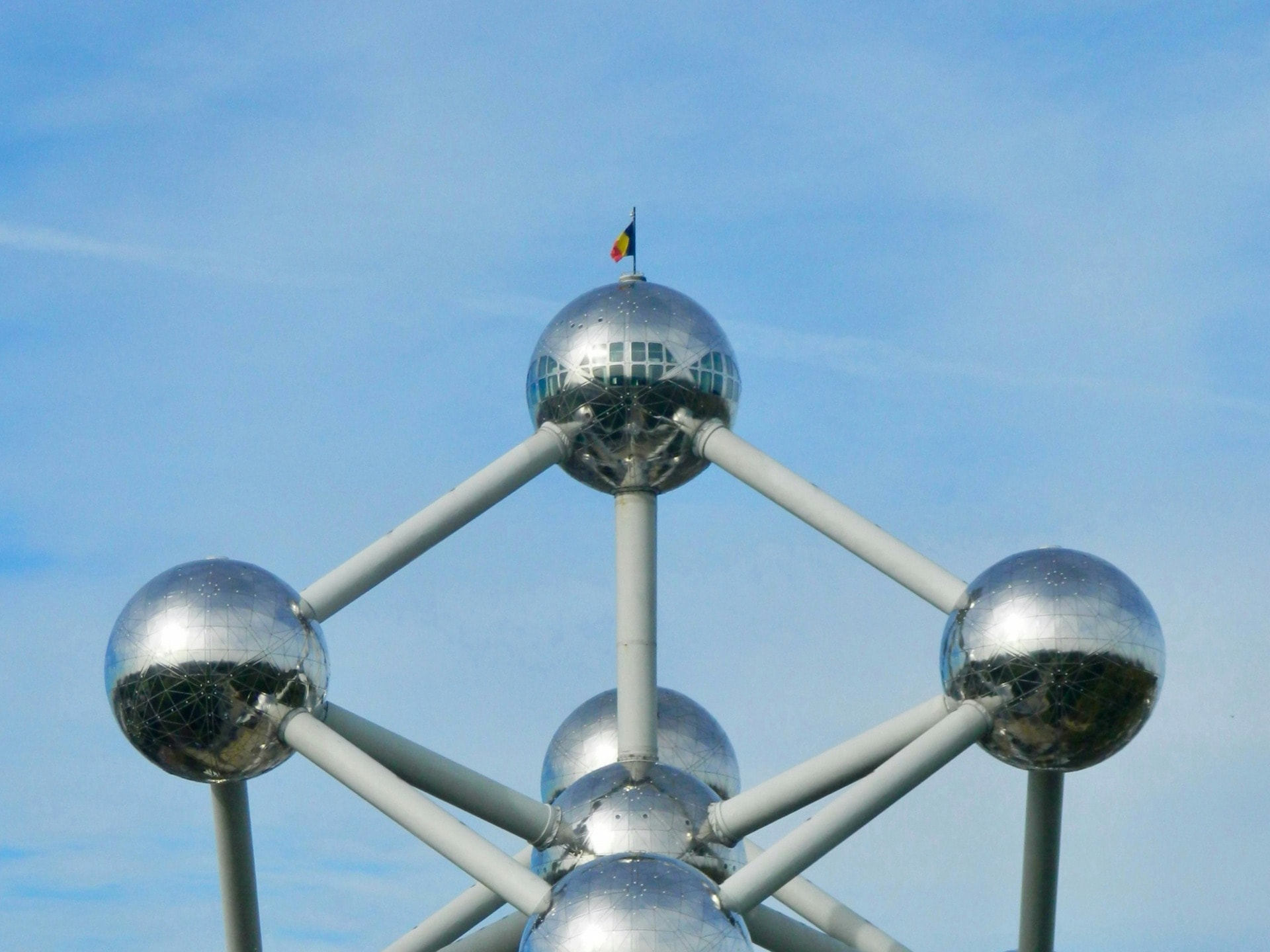For the 2020 Top 100 Global Brands, a list derived from Forbes World’s Most Valuable Brands, the goal of sustainability continues to be out of reach, despite their many claims to the contrary. This is what the findings of a three-month analysis carried out by the Impakter Index team has just revealed (results published on 18 December 2020).
The conclusion is clear: Most companies have a long way to go before they achieve full sustainability in line with the UN Sustainable Development Goals and targets pertaining to their area of activity – if ever.
A high level of “greenwashing” is still prevalent among major household names. Some of them haven’t even started on the road to sustainability, others can never make it because of the very nature of their activities (based on/using fossil fuels or dangerous chemicals). Most are doing an average job though they claim otherwise, and none is one-hundred-percent sustainable. Not one.
I know that many of my readers who’ve read my article when the Index was launched this summer (31 July), or saw Common Place editor, Quincy Childs’ endorsement, will want to go directly to the Impakter Index and check out their favorite brand (go to the Impakter home page or click here to see). You may well be surprised (or perhaps not) to find that in most cases, there is a stunning gap between what companies claim and what they actually deliver in terms of sustainability and social responsibility.
Look at the findings, the table provides a summary view of the ratings obtained by the top 100 brands:
A summary of the Top 100 Global Brands:
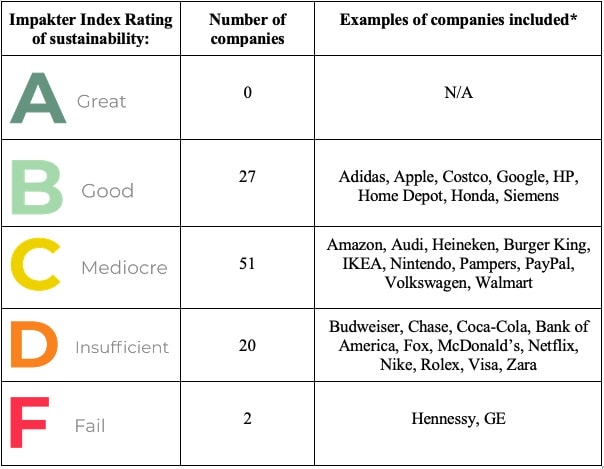
What that table means is that more than half (51%) of the companies received a C rating, indicating that their sustainability efforts were mediocre. A little over a quarter were rated B, a good score and somewhat less (20 percent) were rated D, indicating that their sustainability was subpar. Two percent failed, but the brands that did are big: GE and Hennessy.
For readers who missed my article this summer, a word of explanation about the Impakter Index, how it is built, and why it matters.
Why We Need a Trustworthy Sustainability Rating System
A trustworthy index is necessary for both impact investors and eco-conscious consumers, we can all agree on that.
The problem is “greenwashing”. And it is caused by a simple fact: Nearly all rating systems – with the exception of GRI standards in which an independent third-party is involved – are based on information voluntarily provided by the companies that are rated. The validity of sustainability certificates also varies as they may only cover part of a company’s activities. Further, the trustworthiness of certificate-issuing bodies may also vary as some are more responsible and more demanding (covering more activities) than others.
Solving this problem is what the Impakter Index was designed to do. It was developed by a team of 37 experts in evaluation who worked for two years under the guidance of two Italian experts, Prof. Roberto Reali, a CNR data scientist, and Prof. Raffaele Maiorano, a ConfAG sustainability specialist.
Unlike other sustainability rating and certification systems that are based on their own data-collection exercise, the Impakter Index follows a meta-evaluation model. That means it does two things:
(1) pulls together all the available information, i.e. all the results and findings of existing rating and certification systems in use by businesses to sustain their sustainability claims; and
(2) rates the validity/trustworthiness of the information so collected.
To find out exactly how the Impakter Index is built, I asked the Index manager, Maribel Sabino, how her team worked. She was very clear: “we use a four-pillar methodology to rate the companies.” The said four-pillars are:
Pillar I – Verification of the degree of a company’s degree of “SDG compliance” with the UN Sustainable Development Goals;
Pillar II – Evaluation of the whole range of sustainability/fair trade certificates and labels in terms of their relevance, from top sustainability certificates (e.g. B Corp)to industry-specific certifications too (more information in the certification database);
Pillar III – Verification of a company’s commitment to Corporate Social Responsibility (CSR) as expressed in its listing of achievements, including awards from third parties and other indications of where the company stands among its peers in the industry;
Pillar IV – Evaluation of a company’s year-end report and external news and third-party reviews and assessments to confirm on-going efforts to move towards a more sustainable business model (Corporate Operations & Philosophy Assessment)
A lot of data goes into the Impakter Index. This ensures that the Index is built on the best work of other certification systems, weeding out the less reliable systems and untrustworthy news, while any outside information that may arise and could change a company’s ranking is also included.
Out of curiosity, I also asked why no company got an A rating. “Danone was close to getting an A since it is after all a B Corporation,” Sabino said. “But a majority of their products are made from virgin plastic, and not all of them are recyclable so most of the waste is going to the landfills. That’s not sustainable. Another reason was their reporting on their compliance with the UN SDGs and their approach with their targets. They indicated it as a goal, but they didn’t explain how they were going to get there. These are two very nit-picky things, but we have to be!”
When I asked whether that was the only one close to receiving an A, she said there was another one: Home Depot. “They have the industry certificates, listings, awards and they are focused on providing sustainable solutions beyond their operations,” she said. At the end of the day, Home Depot’s scale caused some concerns in terms of transparency, mainly in regards to the ethical sourcing of materials. So they got a B”.
For anyone wondering what the phrase “at the end of the day” means, it refers to the peer review system in place among the Impakter Index team: No rating is one expert’s work; “at the end of the day”, once the analysis is complete, it is reviewed and verified by two other analysts and submitted to the team for final verification.
No question about it: The Impakter Index involves a lot of work, indeed “nit-picky” analysis so that consumers and investors do not need to engage in this themselves. The work is done for them.
Featured Image: Photo by LinkedIn Sales Navigator on Unsplash









